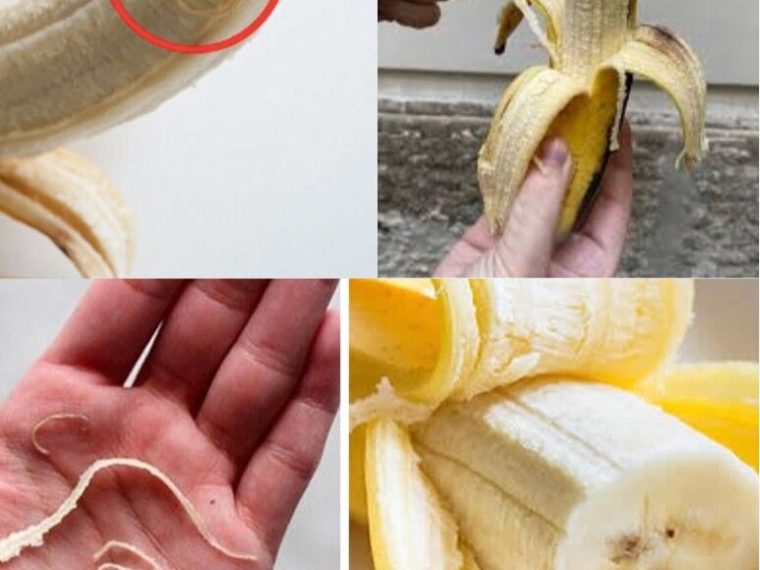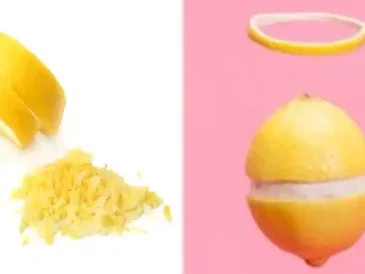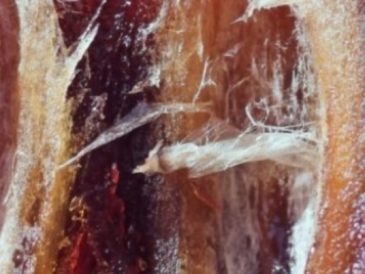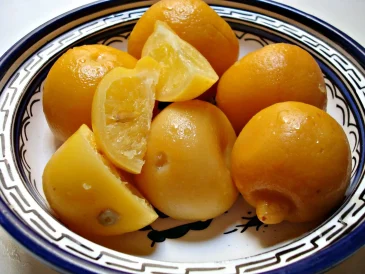Bananas are one of the world’s most popular fruits, prized for their sweet taste, easy-to-peel skin, and nutritional value. But if you’ve ever peeled a banana and noticed those annoying stringy bits clinging to the fruit, you might have wondered what they are and if they’re safe to eat. These stringy strands, known as phloem bundles, are often an unwanted part of the banana-eating experience for many people, but they serve an essential purpose for the fruit’s development.
In this article, we’ll dive into what phloem bundles are, why they exist, and whether or not you should remove them before enjoying your banana.
What Are Phloem Bundles?
Phloem bundles are the long, thin strands that run vertically along the inside of a banana’s peel. If you’ve ever peeled a banana and found strings sticking to the fruit, you’ve encountered these bundles. They are part of the plant’s vascular system, which transports nutrients and water from one part of the plant to another.
In bananas, the phloem bundles play a crucial role in delivering nutrients like sugars, water, and essential minerals to the fruit as it develops. These bundles ensure that the banana grows evenly, receiving all the nourishment it needs to ripen properly.
Phloem bundles are similar to the veins in leaves or the vascular tissue in other plants, working behind the scenes to keep the banana healthy and growing. While they may seem like an unnecessary inconvenience when you’re trying to enjoy your snack, they’re an essential part of the banana’s biology.
Why Do Bananas Have Phloem Bundles?
The phloem bundles in bananas are part of the plant’s overall structure, which helps the fruit develop and ripen. Just like other plants, bananas rely on a network of tissues to move nutrients throughout the plant. In a banana, these bundles transport sugars and water from the stem to the fruit, allowing it to grow into the sweet, soft fruit we enjoy.
Without these phloem bundles, the banana wouldn’t be able to distribute the nutrients it needs to ripen properly. These strands are part of the banana’s internal structure, much like veins in the human body, which transport blood and oxygen throughout our system.
Are Phloem Bundles Safe to Eat?
If you’ve ever peeled a banana and found yourself picking off the phloem bundles, you’re not alone. Many people find the texture of these strings unappealing, but rest assured—they are perfectly safe to eat. In fact, phloem bundles are just as nutritious as the rest of the banana.
These strands contain the same nutrients that make bananas a healthy snack, including fiber, vitamins, and minerals. While the texture might be off-putting for some, eating the phloem bundles along with the rest of the banana won’t harm you. If you’re looking to maximize the nutritional benefits of your banana, you might want to consider leaving the phloem bundles on the fruit instead of picking them off.
Should You Remove Phloem Bundles?
Whether or not you remove the phloem bundles comes down to personal preference. Some people don’t mind the strings and eat them along with the banana, while others find them unpleasant and prefer to peel them off.
If the texture of the phloem bundles bothers you, it’s perfectly fine to remove them before eating your banana. Removing them won’t affect the flavor or nutritional value of the fruit itself. However, if you don’t mind them or want to avoid food waste, feel free to leave them on—they’re just as nutritious as the rest of the banana.
Nutritional Benefits of Phloem Bundles
While most people focus on the banana’s flesh, phloem bundles also offer nutritional benefits. Bananas are known for being rich in potassium, fiber, and vitamins, and the phloem bundles contain many of these same nutrients. In particular, they contribute to the overall fiber content of the banana, which aids digestion and promotes a healthy gut.
Bananas, including their phloem bundles, are a great source of:
- Potassium: Essential for maintaining healthy blood pressure and heart function.
- Vitamin C: Supports the immune system and skin health.
- Vitamin B6: Helps with brain development and function.
- Fiber: Aids in digestion and helps regulate blood sugar levels.
By eating the phloem bundles along with the rest of the banana, you’re getting the full spectrum of these nutrients, making your snack even more beneficial for your health.
How to Avoid Phloem Bundles
If you’re someone who can’t stand the texture of phloem bundles but still loves bananas, there are a few ways to minimize your interaction with them. Here are some tips for dealing with those pesky strings:
- Peel the banana carefully: Sometimes peeling a banana too quickly can leave the phloem bundles more intact. Try peeling the banana slowly and gently to reduce the number of strings that come off with the peel.
- Cut the banana into slices: Slicing the banana rather than eating it whole can help you avoid dealing with the phloem bundles. When you slice the banana, the strings are less noticeable and can be more easily eaten along with the fruit.
- Blend the banana: If you’re making a smoothie, you don’t have to worry about phloem bundles at all. When you blend the banana, the strings get fully incorporated into the drink, making them unnoticeable.
Interesting Facts About Bananas and Phloem Bundles
- Bananas are technically berries: Botanically speaking, bananas are classified as berries, making them a unique member of the fruit family.
- Phloem bundles are present in many fruits: While they’re more noticeable in bananas, phloem bundles are part of the vascular system in many fruits and plants. In most cases, they’re just not as prominent.
- Bananas are the most popular fruit globally: Bananas are enjoyed all around the world, with millions of tons consumed each year. Their convenience, taste, and nutritional benefits make them a staple in many households.
Conclusion: Phloem Bundles Are Part of the Banana’s Natural Structure
While the phloem bundles on your banana might seem like an inconvenience, they play a vital role in the fruit’s development. These stringy strands help transport nutrients to the banana as it grows, ensuring it ripens into the delicious fruit we know and love.
Whether you choose to eat them or peel them off, phloem bundles are safe and nutritious. If you don’t mind their texture, consider leaving them on to get the full nutritional benefits of your banana snack. And if you prefer a smoother experience, there’s no harm in removing them before you enjoy your banana.
Next time you peel a banana, you’ll know exactly what those strings are—and why they’re there!
source of the picture : thegreenlife.me




